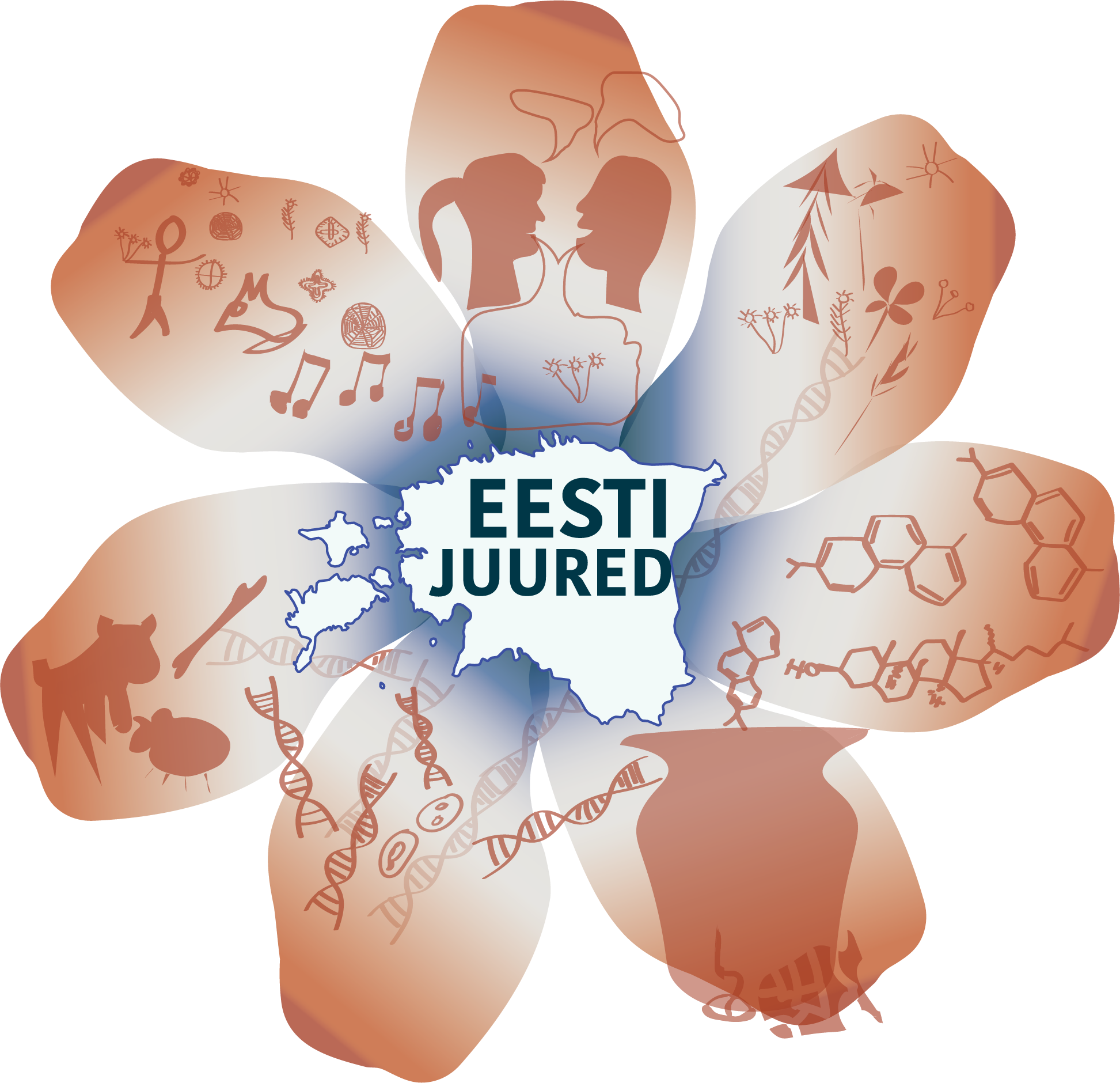There are still only a few known early settlements containing pottery of the southwestern group of the Tapiola type – those that were founded before fortified settlements of the 9th century BC. One such place was probably located in the Emajõgi Delta in Akali. Besides numerous findings of Stone Age pottery, small quantities of the so-called Early Metal Age pottery have also been discovered there. So far the oldest radiocarbon dating from the scorched layer of a clay vessel comes from Altküla, West Estonia and the calibrated date belongs to the timeframe 1220-920 BC. Slightly younger, from the period ca. 1100/1000-900/800 BC, are settlements in Mähkli, South Estonia and in Assaku near Tallinn, as well as in Mõisaküla on Kihnu Island. Two artefacts with a similar dating have also been found in Joaoru hill in Narva, although in these cases the ageing influence of the so-called reservoir effect must be taken into account. Also the dating of a typologically suitable clay vessel from Iru hillfort seems to be many centuries too old (period ca. 1530-1415 BC).
Since most of the settlements are located in the vicinity of larger bodies of water, one can assume that for the most part people relied on hunting and gathering, rather than agriculture or animal husbandry. Based on the current data, other remnants, e.g. burial sites, can not be connected to the first immigrants from the east.


